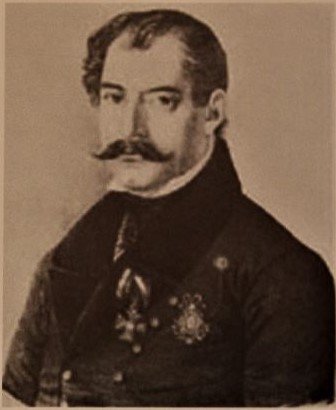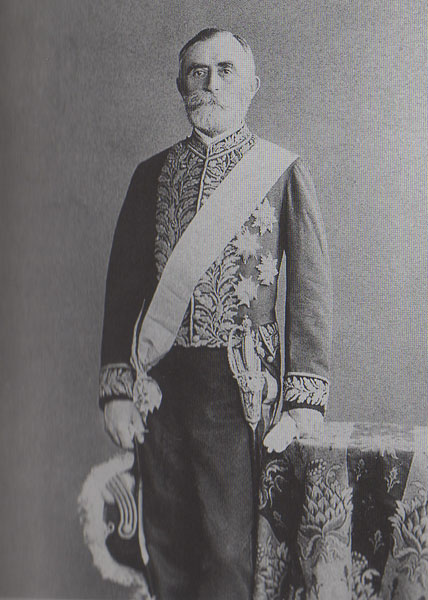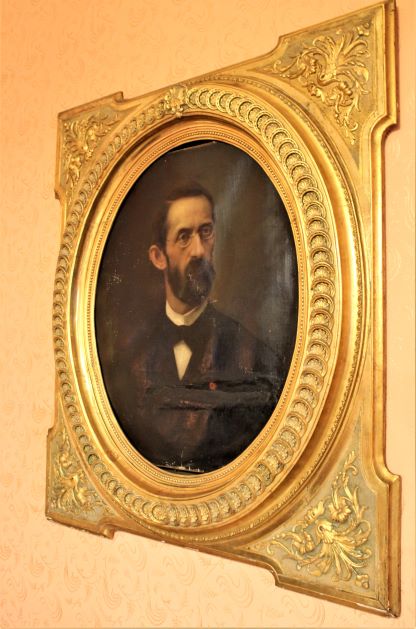The Petronijević Family House represents a collection of three interconnected families that played a significant role in the modernization of political life in Serbia during the 19th and early 20th centuries. In addition to their efforts to liberate themselves from the centuries-old feudal system, the members of the Petronijević family are credited with establishing a modern political system modeled after Western European democracies. The ideas of these families were also contributed to by members of the Piroćanac family and the Jurišić Šturm family.

Family house
The building at 19 Kneza Miloša Street was designed by architect Nikola Nestorović in 1922, primarily for the Petronijević family, featuring apartments and rental shops. Nestorović designed the building with a symmetrical layout, with two side skylights on each side and one central skylight. The ground floor houses shops, the first floor accommodates two offices and two smaller apartments, while the remaining three floors feature two large apartments each.
The structure was built in the academic style with elements of Art Nouveau.
The Petronijević family house holds architectural value as a work by architect Nikola Nestorović and significant cultural-historical value as the home of the Petronijević, Piroćanac, and Jurišić-Šturm families.
At the top of the building, on decorative elements of the facade, there are monograms of Miloš Petronijević, who commissioned the construction of the building.


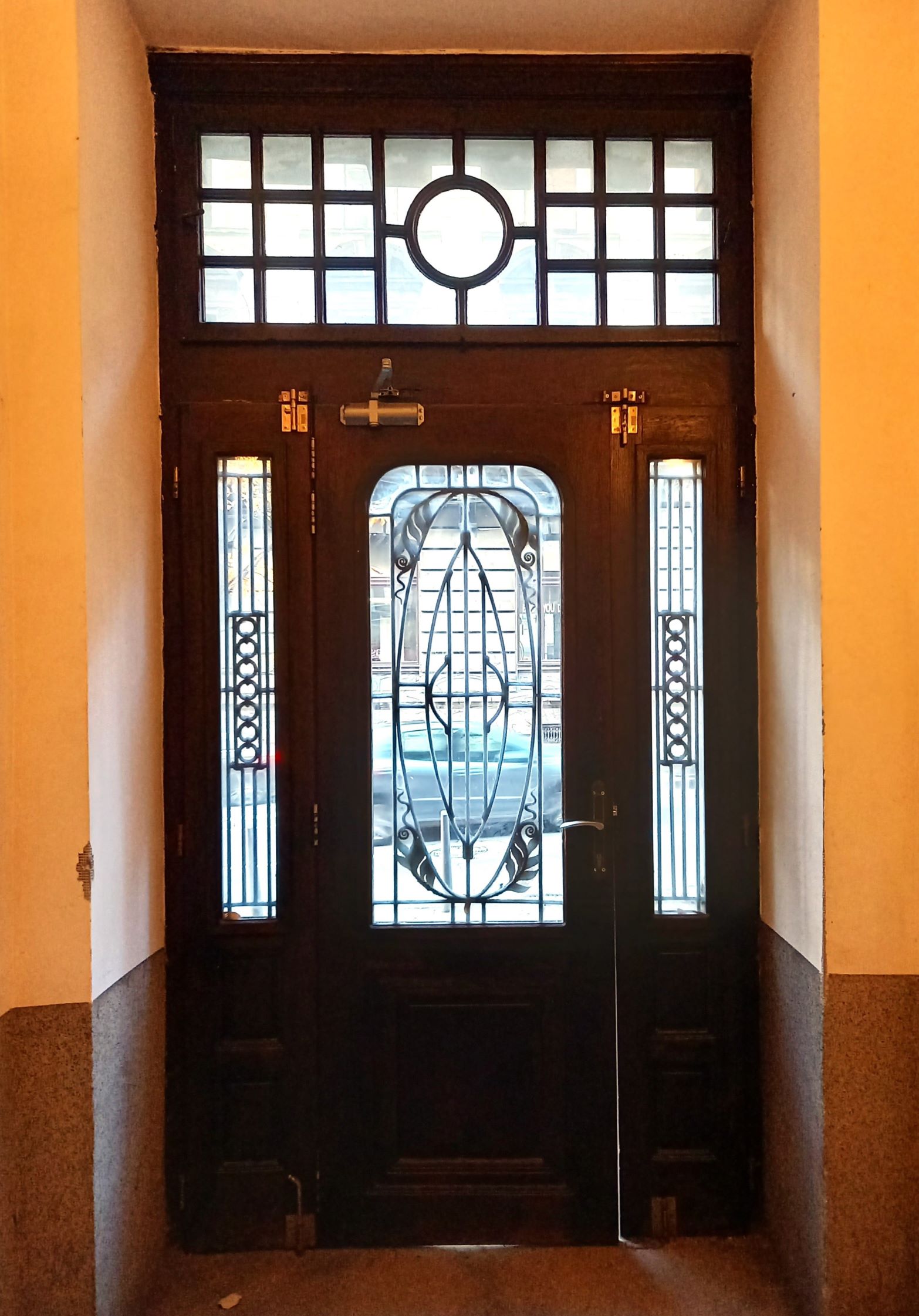
Petronijević Family
Today the Petronijević House, exibits a collection that preserves the memory of three families connected through family ties: the Petronijević family, the Piroćanac family, and the Jurišić-Šturm family.
The notable family history begins with Avram Petronijević (1791-1852), who served as the Prime Minister and Minister of Foreign Affairs of the Principality of Serbia. He is remembered as a statesman with the longest term at the helm of the government in the then Principality of Serbia. Avram was known for his proficiency in German, Greek, Aromanian (Cincarski), Italian, French, and Turkish. In his marriage to his wife Stanija (née Karamarković), they had two sons, Ljubomir and Milan.
In Jagodina, Avram founded a glass manufacturing factory, one of the earliest glassworks in the Balkans. Since there were no skilled glassworkers in Serbia at that time, Avram Petronijević brought artisans from Czechia. He passed away in Istanbul in 1852 during an official mission and was buried in the Church of St. Paraskevi on the Bosporus.
Milan Petronijević (1832-1914) was also a statesman and diplomat who began his philosophy studies at the Belgrade Gymnasium. From 1850 onwards, he studied law in Munich and completed his studies in Heidelberg. He spoke German, French, and Greek. Milan married Kleopatra Karađorđević, the daughter of Prince Alexander Karađorđević, in 1855 at the Cathedral Church in Belgrade. Their marriage lasted only a few months as Kleopatra passed away at a very young age. In 1867, Milan married Jelisaveta Cukić (1837-1915), with whom he had a son, Miloš, and daughters Ljubica and Kosara.
Their son, Dr. Miloš Petronijević (1869-1923), is credited with the construction of the building on Kneza Miloša Street. He continued the family tradition, completing his law studies in Germany and France. Dr. Miloš Petronijević worked as an inspector at the National Bank and served as the personal secretary to King Aleksandar Obrenović. In his marriage to Anđelija Piroćanac, the daughter of Minister and Prime Minister Milan Piroćanac, they had a son named Milan.
Anđelija was a cousin of Pavle Jurišić-Šturm, originally from Silesia (then part of Prussia). Pavle came to Serbia in 1876 as a lecturer at the military academy and later served actively in the military for 56 years, participating in seven wars. He also served as the personal adjutant to King Peter I Karađorđević.
In this way, these three families are connected through both familial and historical ties, as evidenced by the artifacts preserved in the Petronijević House.




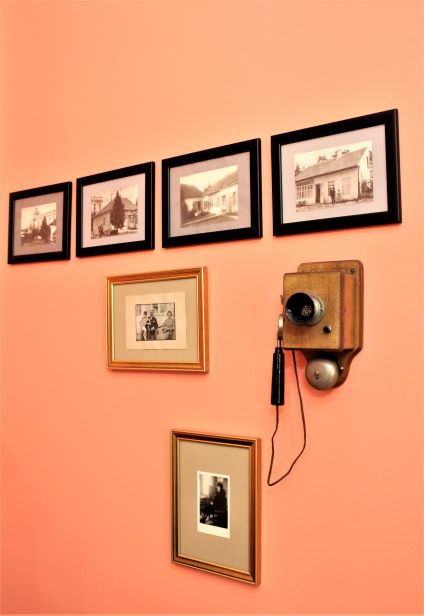

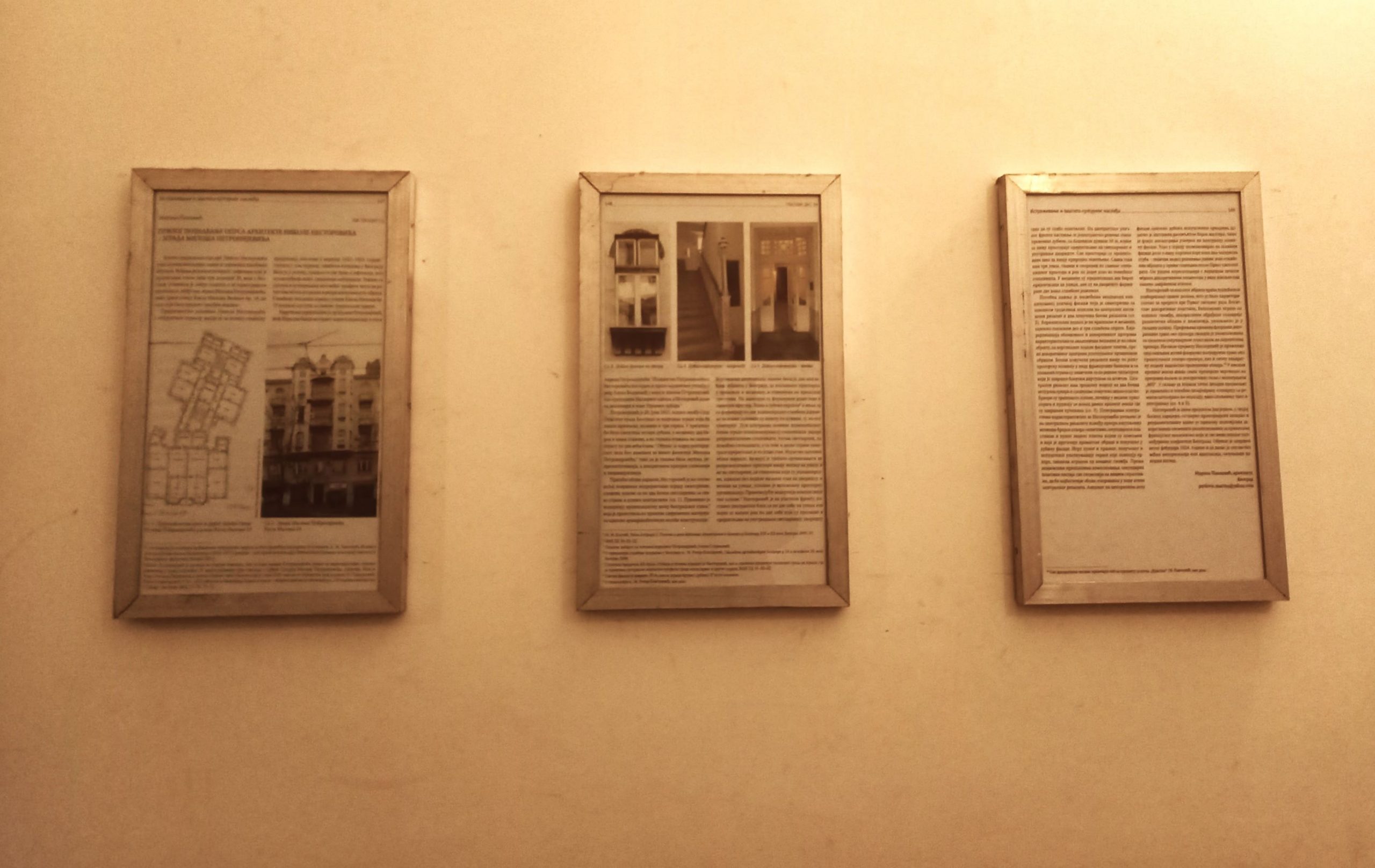

Written by Mila Keserović


